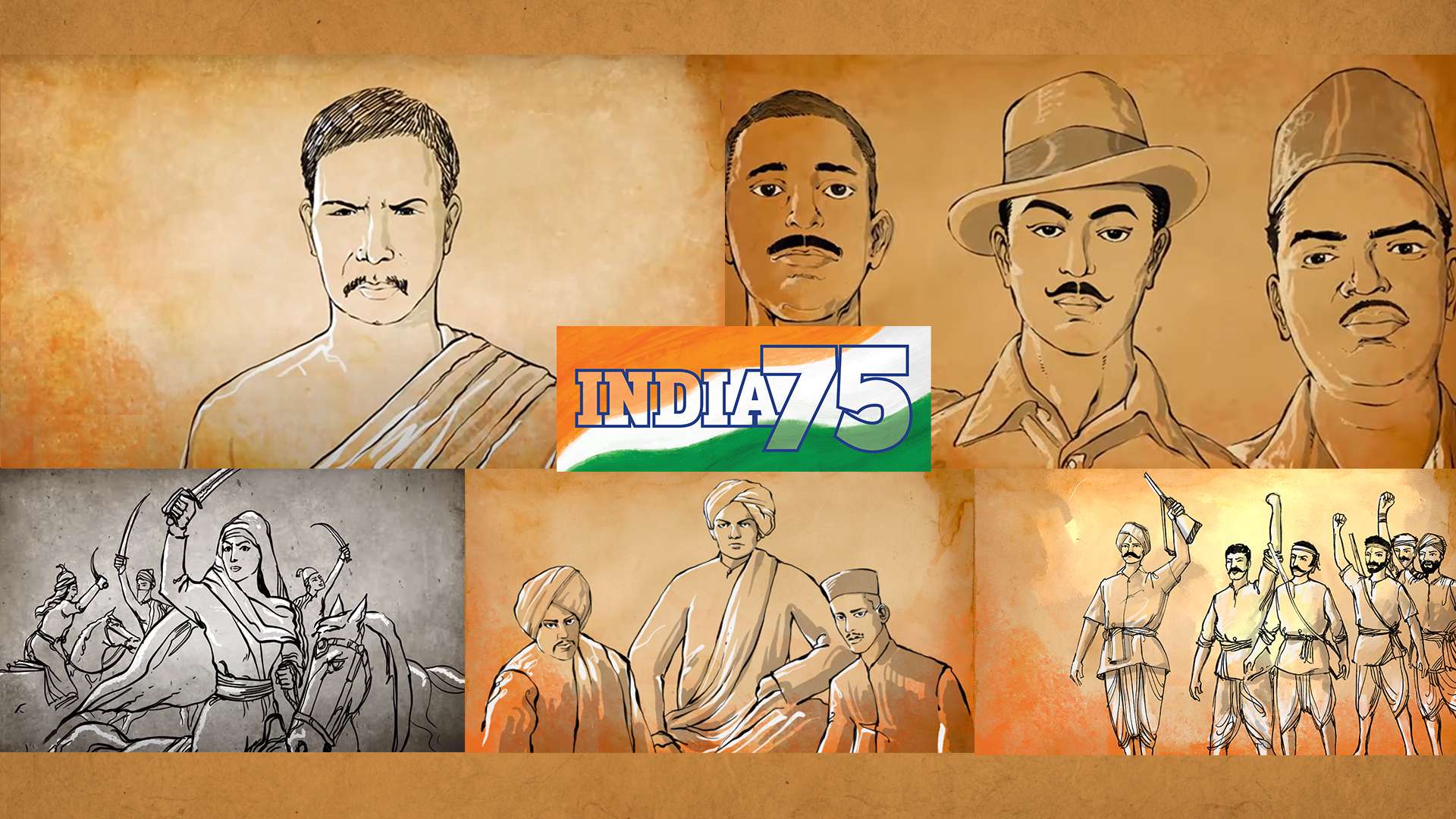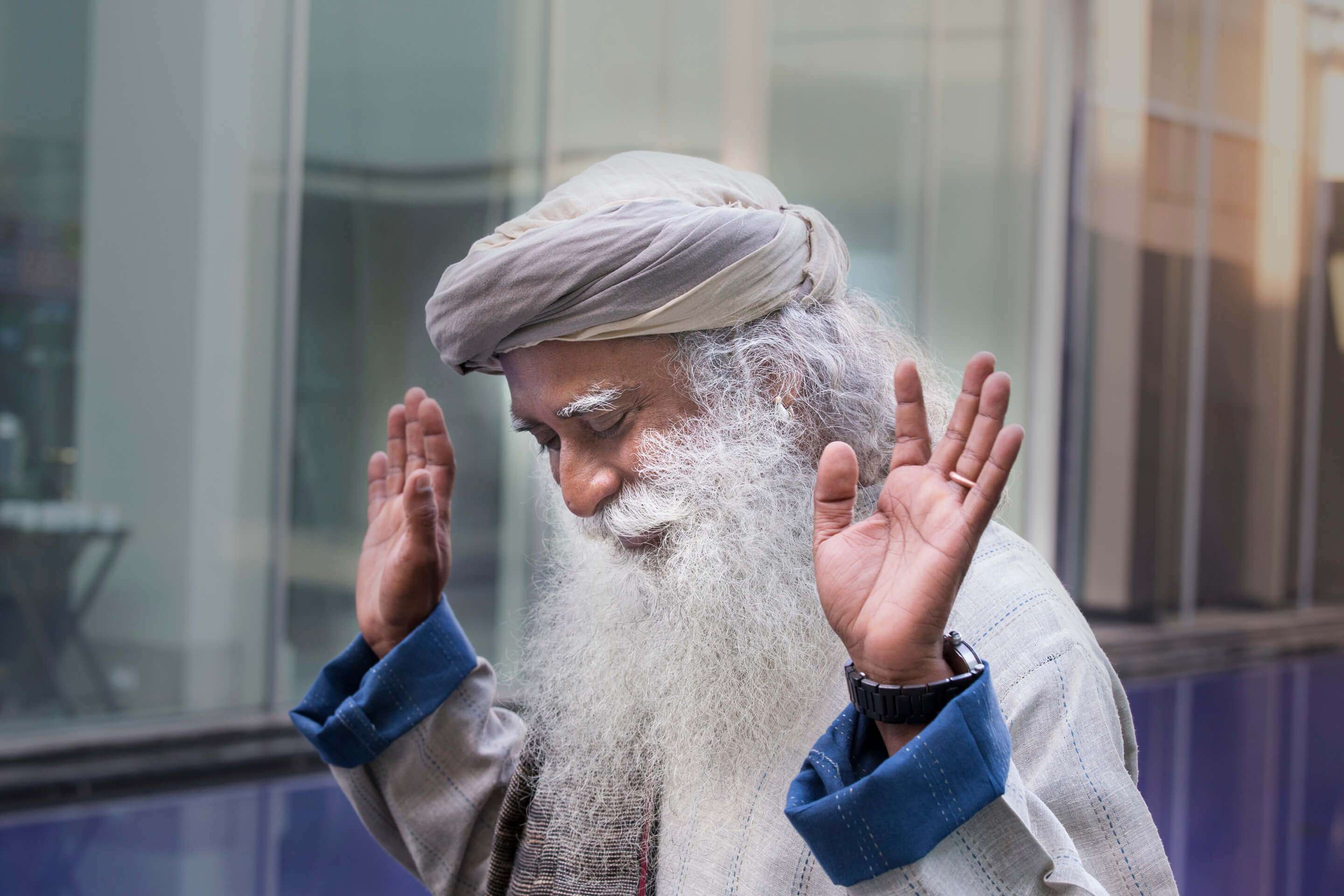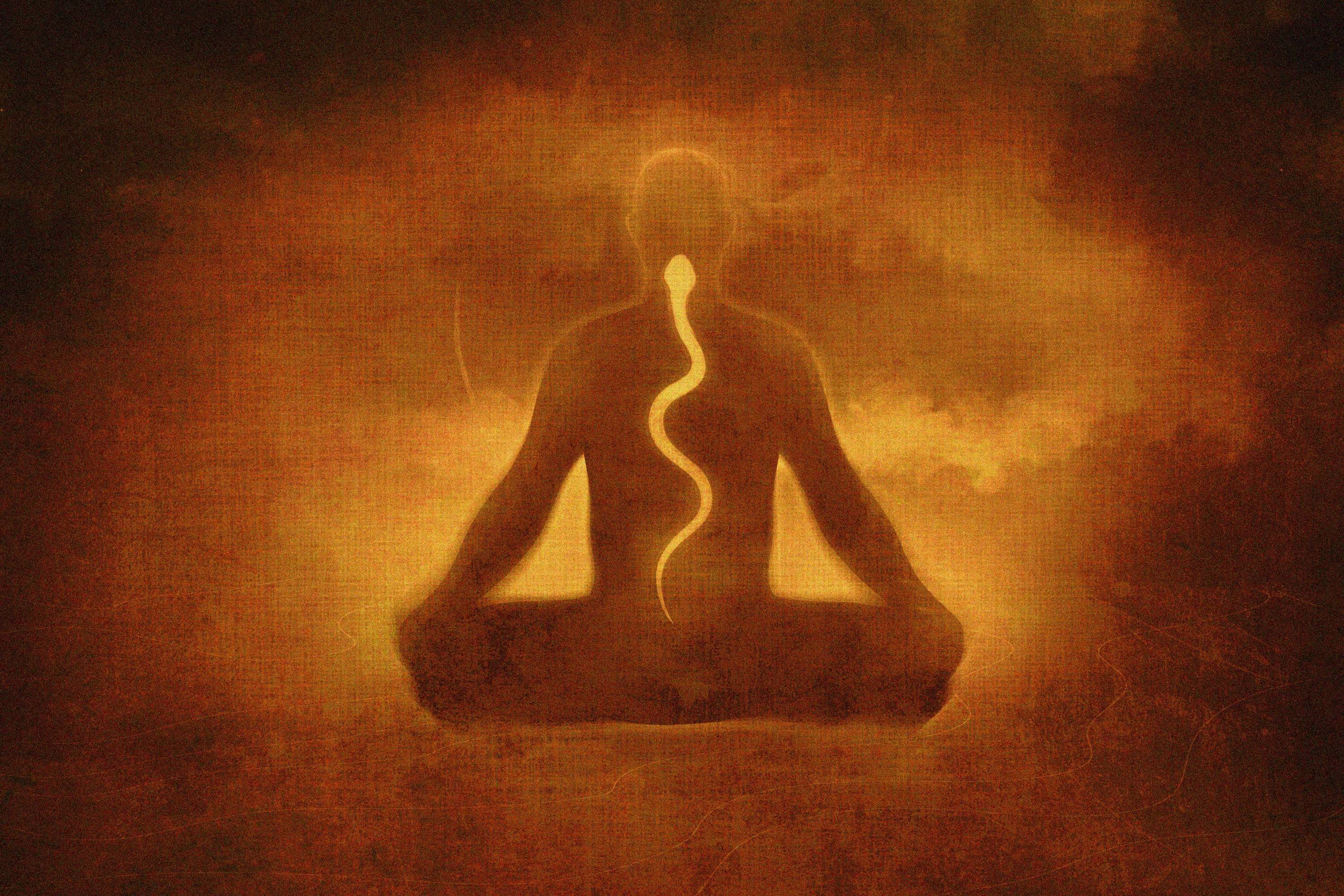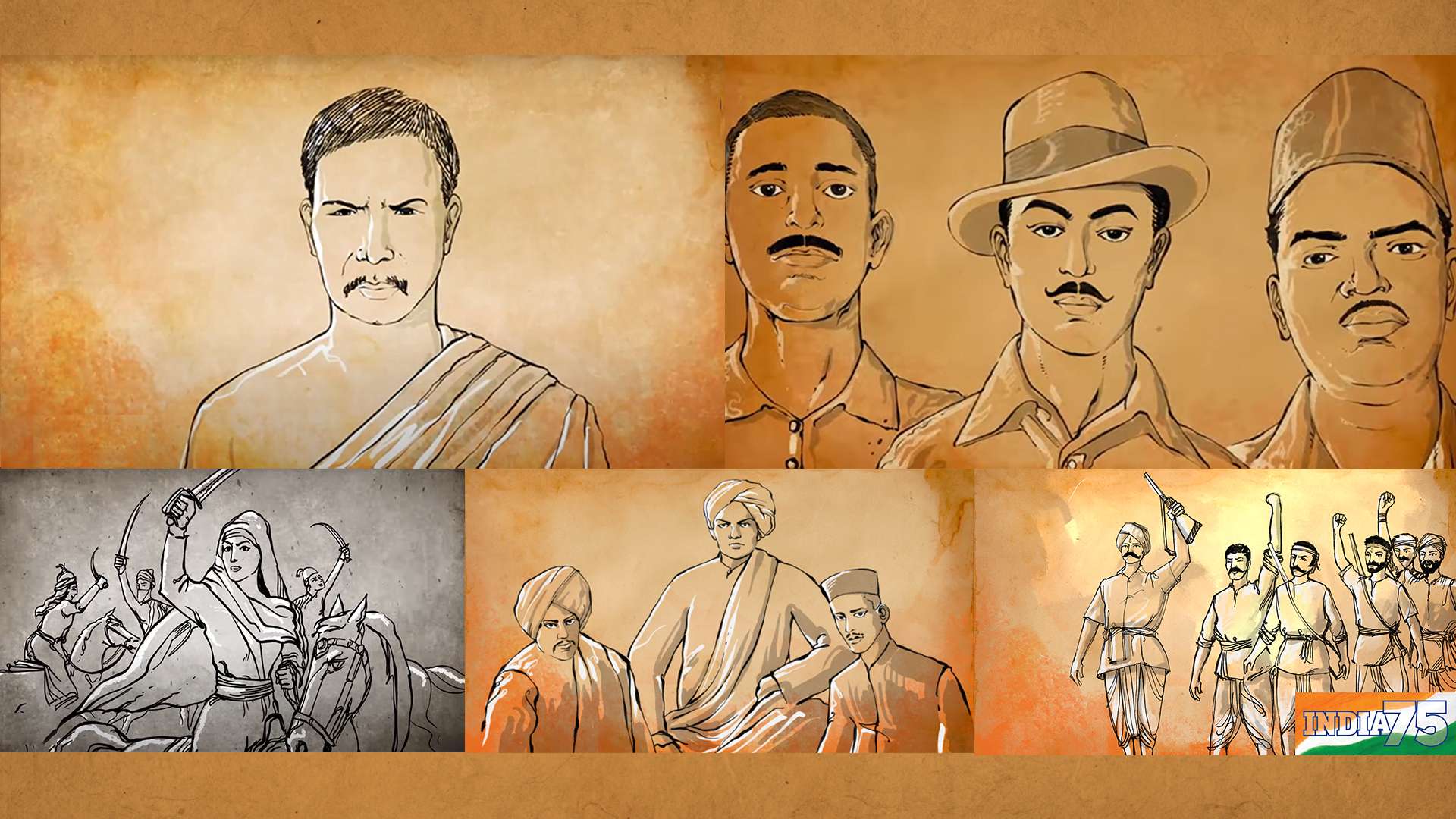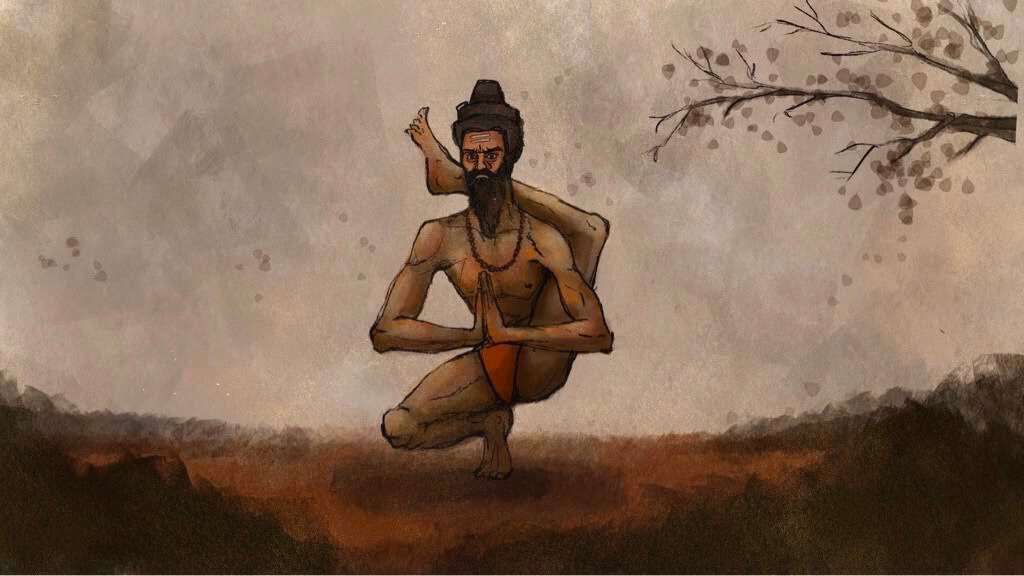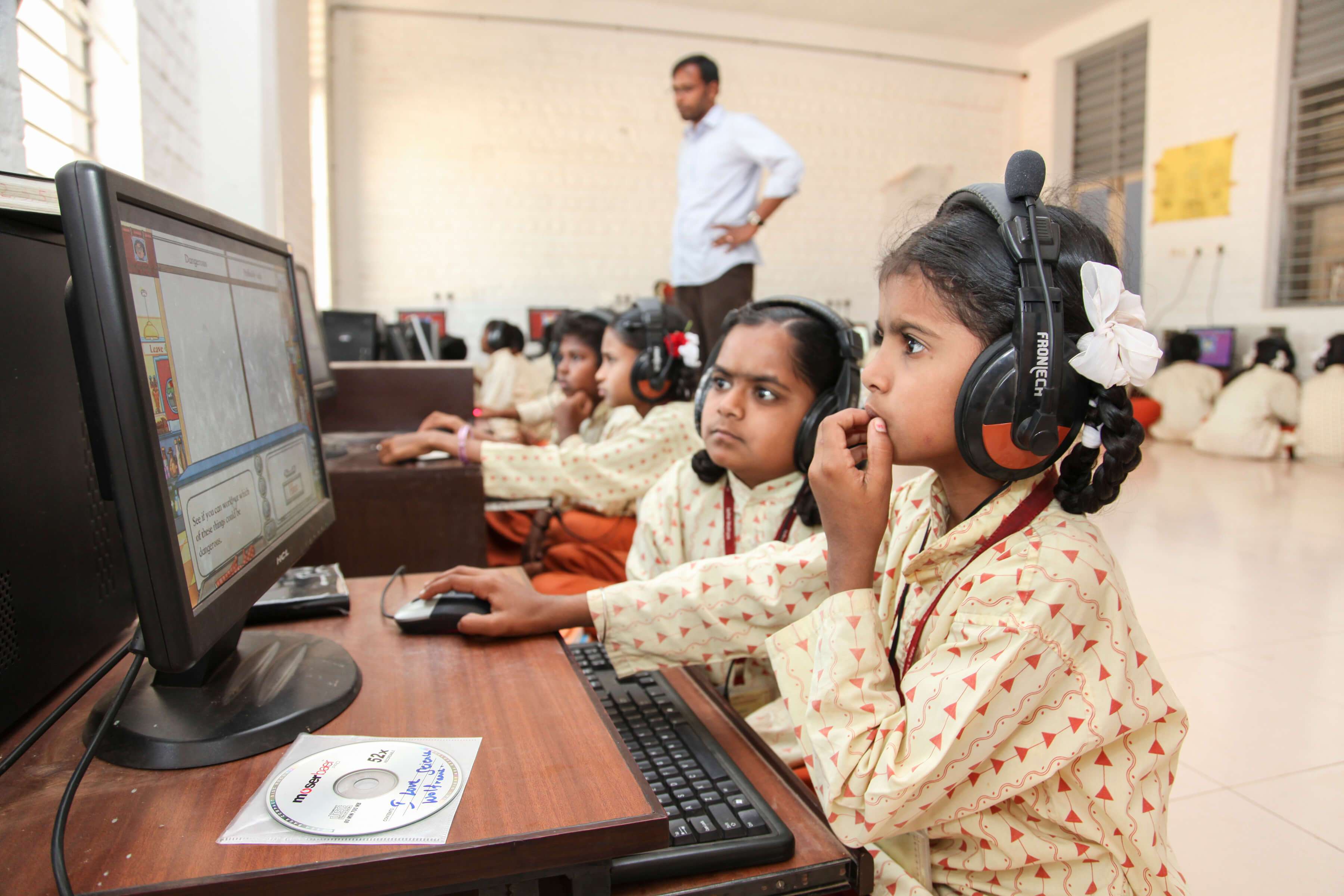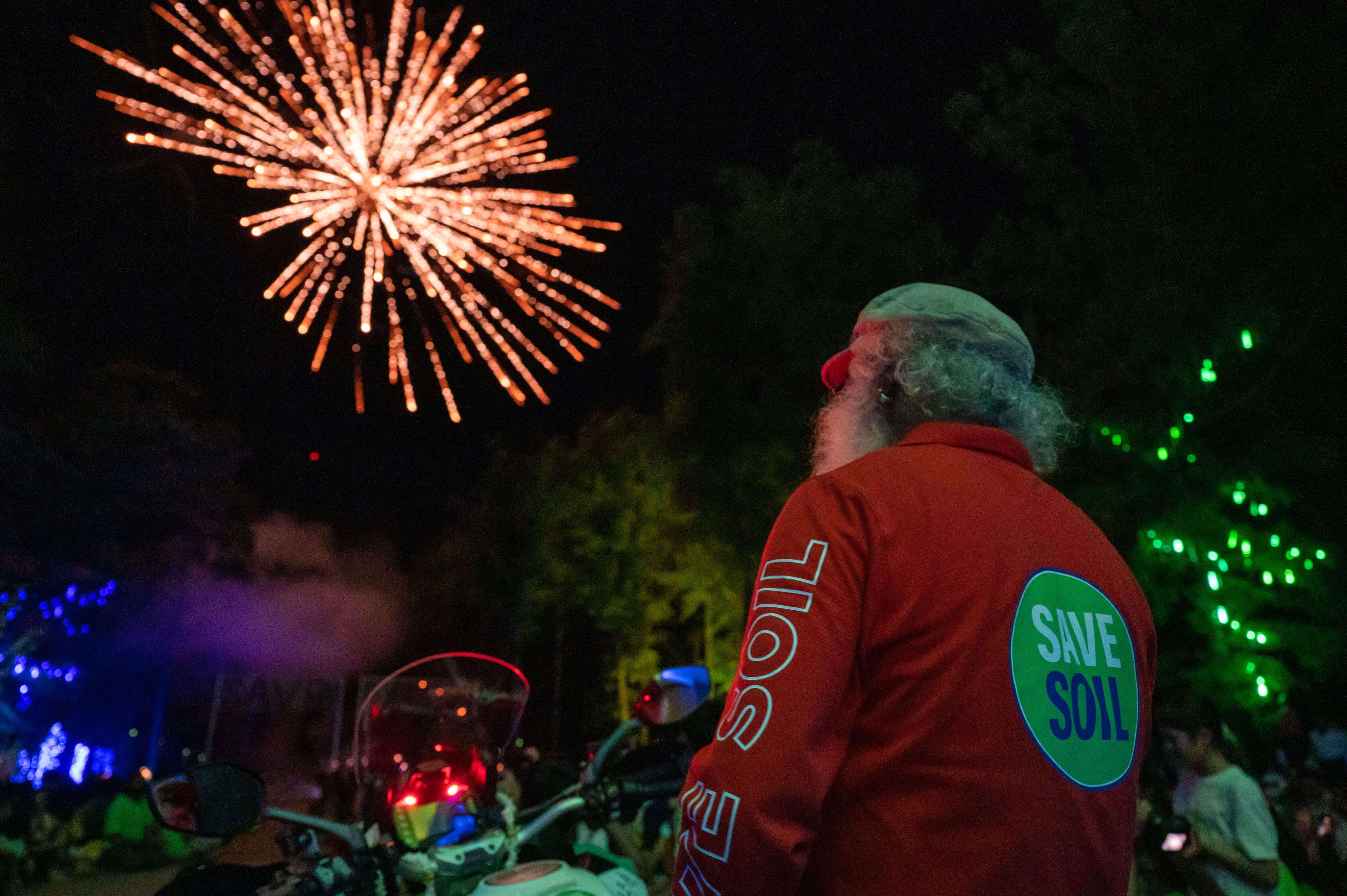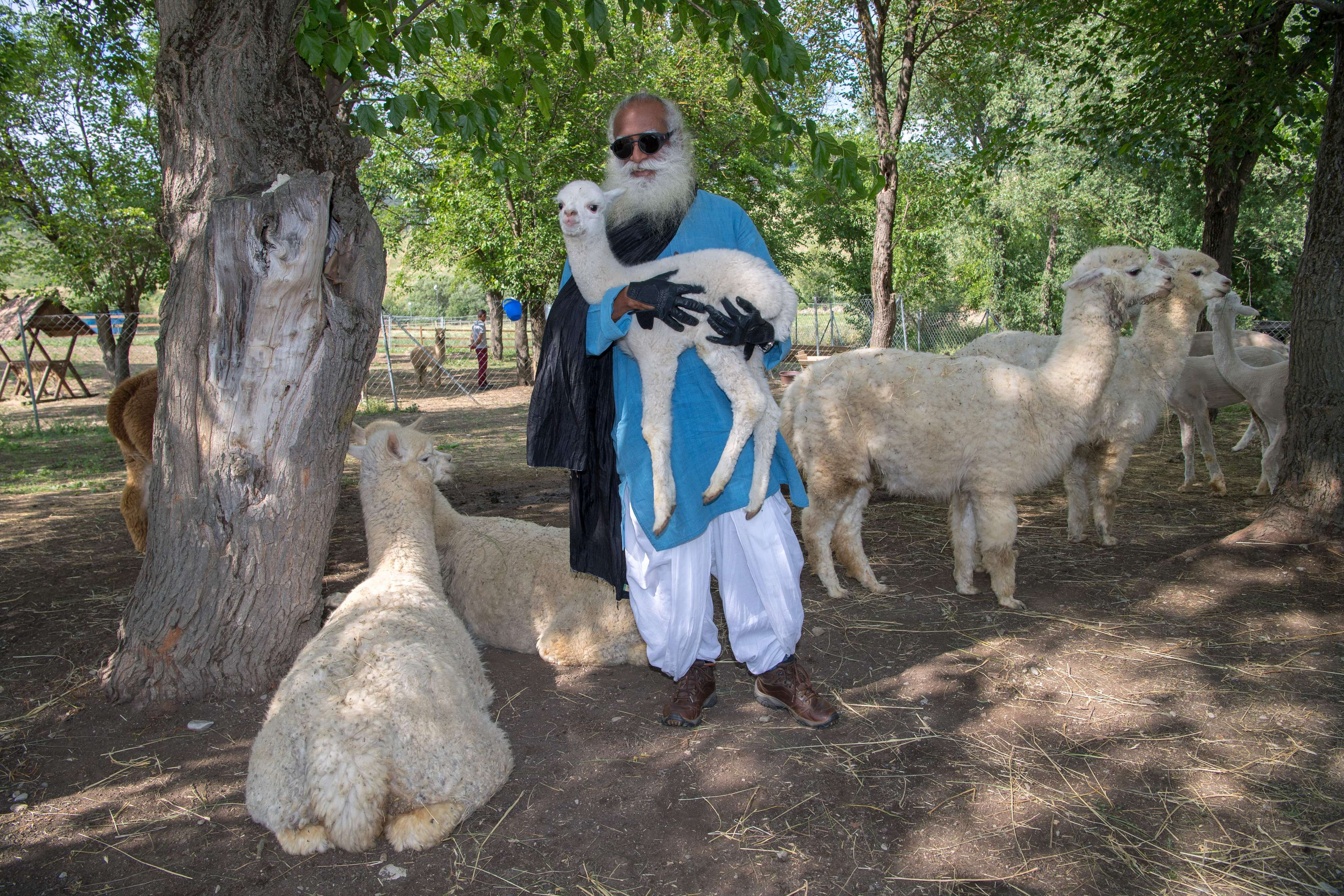Sadhguru: As part of India@75 Azadi Ka Amrit Mahotsav, I wanted to bring back to mind the revolutionaries who laid down their lives for the freedom of this nation. Today, India is an independent republic. But for this to happen, three to four generations of people fought continuously. Unfortunately, we have not heard of most of their names; they have not been honored; their families have not been honored; there are no monuments for them.
It needs to be brought into people’s memory. I especially want the youth to remember and express their gratitude for those who laid down their lives, and for those who sacrificed their youth to make India what it is today. A nation that lives without gratitude will not go far. It is very important that we respect and are grateful for what the previous generations have done for us.

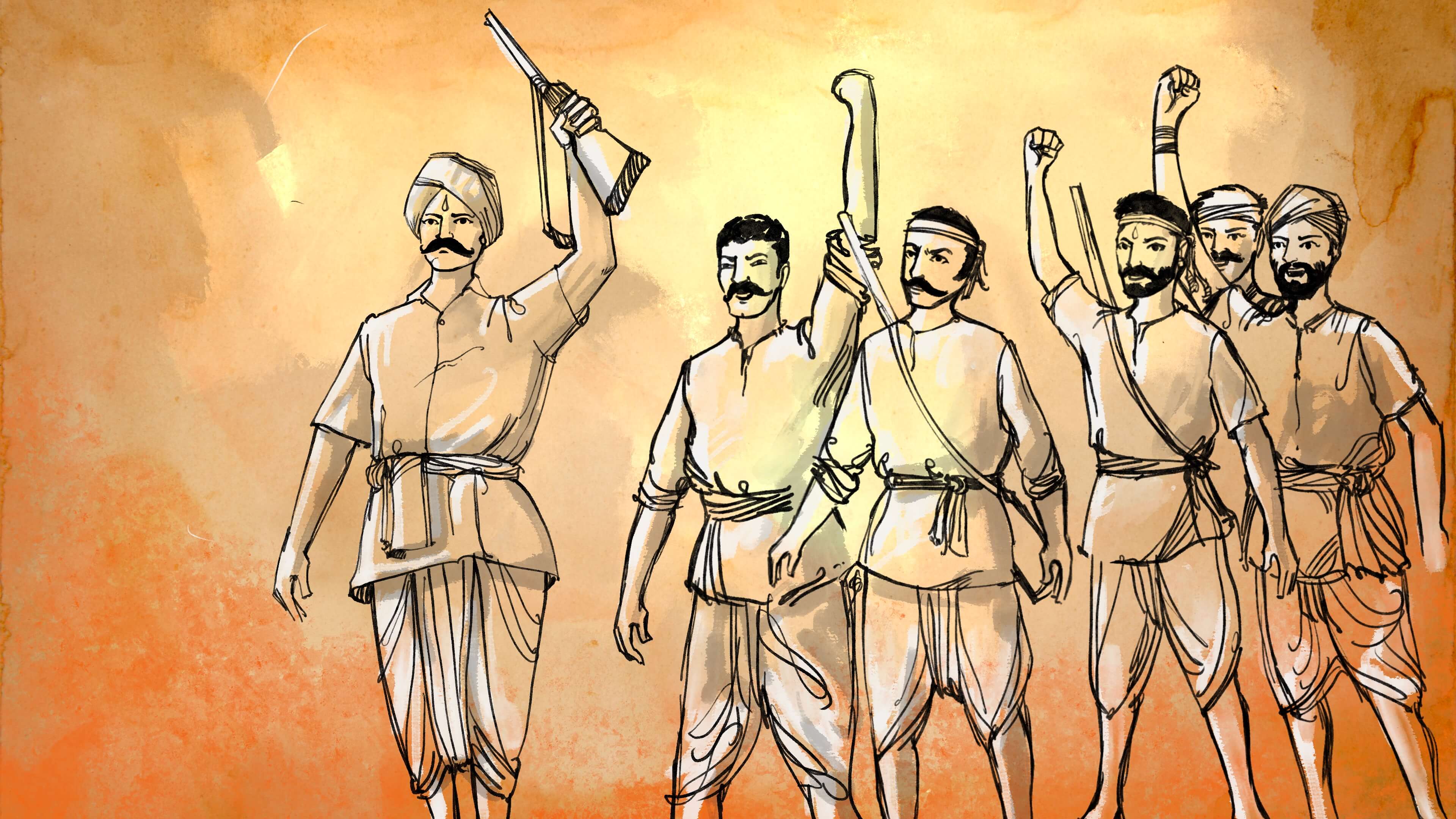
Komaram Bheem – A Tribal Hero
Komaram Bheem was a great hero from the Telangana region; he belonged to the Gond community. The tribals of the time had their traditional rights, and naturally, they lived in the forest and exercised their rights. When certain English forest officers wanted to prevent the tribals from making use of the forest for their livelihood, there was a bit of an altercation. From then on, it escalated to extreme levels of cruelty where the fingers and hands of many tribals were cut off.
Komaram Bheem stood up for his tribe, raised a guerrilla army, and bravely fought for many years against the English. His valor and daring as a guerrilla fighter became a legend in the area. In the year of 1940, based on informants’ tips, the police managed to catch him and shot him dead. He laid down his life for the sake of the nation and for the sake of his tribe. We must remember his sacrifice, his valor, and, above all, his commitment to the wellbeing of his people.


Bhagat Singh, Sukhdev and Rajguru – Iconic Revolutionaries
Shaheed Diwas or Martyrs’ Day is the day when three of India’s most iconic revolutionary freedom fighters were hanged in Lahore Central Jail. Bhagat Singh and Sukhdev Thapar were only 23 and Shivaram Rajguru was 22.
Sukhdev and Bhagat Singh began their struggle for India’s freedom when they were still in college. They founded a forum that they called Naujawan Bharat Sabha to inspire fellow students and other youth to join the freedom struggle.
A few years later, they met Rajguru, a Sanskrit scholar and a wrestler from Pune. He was inspired and drawn into the freedom struggle because of Chandra Shekhar Azad. In 1927, the Simon Commission was formed to report on constitutional reform and a possibility of self-governance for India, but there were no Indians on the commission.
This agitated many freedom fighters including Lala Lajpat Rai, who led a protest in Lahore in 1928. Lala Lajpat Rai was targeted and beaten by the Superintendent of Police, James Scott, and died a few days after being critically injured. This protest became a turning point. Young revolutionaries wanted to avenge the death of Lala and many others who lost their lives in that protest.
They planned to assassinate James Scott, the man who had beaten Lala to death. Eventually, Bhagat Singh, Chandra Shekhar Azad, Sukhdev, and Rajguru managed to assassinate the Assistant Superintendent, John Saunders. This triggered a huge police search operation, but they managed to escape. Despite the huge police effort to find and arrest them, these young men refused to lie low or give up their fight for freedom.
In 1929, the government planned to pass bills that were going to further repress the rights of the Indian public. Then they decided to bomb the Central Legislative Assembly in Delhi. The intent of the smoke bombs was not to kill but to make their voices heard, and to wake up and inspire their fellow Indians.
Such was the devotion of these young men who joyfully gave their lives to protect their motherland.
Though Bhagat Singh and Batukeshwar Dutt, who threw the bomb, could have escaped in the confusion and the melee that followed, they refused and stood there shouting, “Inquilab Zindabad,” meaning “Long Live the Revolution.” They went in, knowing fully well that they would be put to death. Sukhdev and Rajguru were both arrested when their bomb factory in Lahore was discovered. In fact, Sukhdev was the prime accused in the case, which was officially called “Crown versus Sukhdev and others.” Sukhdev was one of the main planners of these revolutionary operations.
Even in jail, they did not remain silent. During the course of the trial, Bhagat Singh and his friends started the famous prison hunger strike to protest the unfair treatment of Indian prisoners in comparison to British prisoners. They went on an indefinite hunger strike to demand for revolutionaries to be treated as political prisoners. Eventually, the British agreed to some of the demands, and most of them ended the strike. But this was not good enough for Bhagat Singh, who still demanded the recognition of the “political prisoner” label for these Indian prisoners.
He only ended his strike after 116 days, following a direct appeal from his father. On March 23, 1931, these brave men went to the gallows with a smile on their faces. They refused the black cloths to cover their faces and put the nooses around their necks with their own hands. Mahatma Gandhi tried to get the death sentence commuted for Bhagat Singh, Sukhdev, and Rajguru.
But Sukhdev wrote a letter to Gandhiji just before his execution. He said, “Bharat will gain more if we are hanged than if the sentences are commuted.” Such was the devotion of these young men who joyfully gave their lives to protect their motherland. And on this day, we remember how their offering of their lives for the nation has created a free nation for all of us in this generation, and for generations to come.


Jhalkari Bai – The Tigress of Jhansi
In the region of Jhansi, there was woman whose name was Jhalkari Bai. She was born in a Dalit family in 1830. In those days, women were not allowed to attend school. Instead, her father trained her in horse riding and using weapons. According to local lore, she once killed a tiger that was attacking villagers. She married a soldier in the Jhansi army. Rani Lakshmibai noticed her bravery and skills. During Jhansi’s war with the British after the king died, rumors say that it was Jhalkari Bai who asked Rani Lakshmibai to escape with the infant prince for their safety.
In a heroic act, Jhalkari Bai dressed up as Rani Lakshmibai and led the battle, while the queen escaped with the infant prince. They say she fought like a tigress, killing many British soldiers, and finally died fighting. Many dalit communities in Bundelkhand look up to her as a goddess, even today, and celebrate Jhalkari Bai Jayanti every year. We do not know how many such unsung heroes laid down their lives for India’s freedom.
Jhalkari Bai was not of royal birth; she was born in a low caste family but rose to heroic heights while fighting the British, and she is immortalized in that region. It is time the nation remembers and celebrates her heroic deeds, her valor, and her skills in the battle which allowed Rani Lakshmibai to live and fight another day. We bow down to this great woman of India.


Haipou Jadonang – The Naga Warrior
Haipou Jadonang was a freedom fighter from what is present-day Manipur. He was a Naga spiritual leader who witnessed the harsh taxes that the British imposed upon his people. Naga men were also forcefully conscripted into the British Indian Army during World War I. Being on foreign soil, in unfamiliar cultures and terrain, the different Naga tribes began to find commonalities amongst themselves, and, in solidarity, they formed the Naga Club. When they returned home, this laid the foundation for unifying the Naga communities during the freedom struggle.
After his release, Jadonang gathered people and started building an army of a few hundred men and women.
Jadonang also worked to unite the tribes by starting the Heraka movement and advocated “Naga Raj” to inspire the Naga people to fight the British. To rally support, he traveled on horseback across the region. For a while, he went unnoticed by the British, but one day, he was caught and jailed briefly.
After his release, Jadonang gathered people and started building an army of a few hundred men and women. He trained them in warfare and also helped them in livelihood activities of farming and grazing. He became so popular that people started paying taxes and tributes to him instead of the British. The British came to know of his activities, and they were angered that he was taking a chunk of their tax revenue.
They arrested him and 600 followers on sedition charges. He was then executed by hanging at the age of 26. Even though Haipou Jadonang is referred to as “messiah king” of the Nagas and celebrated in Manipur, the rest of India has barely heard his name. It is high time that heroes from the northeastern part of India are recognized and honored for the sacrifices they made for our freedom.

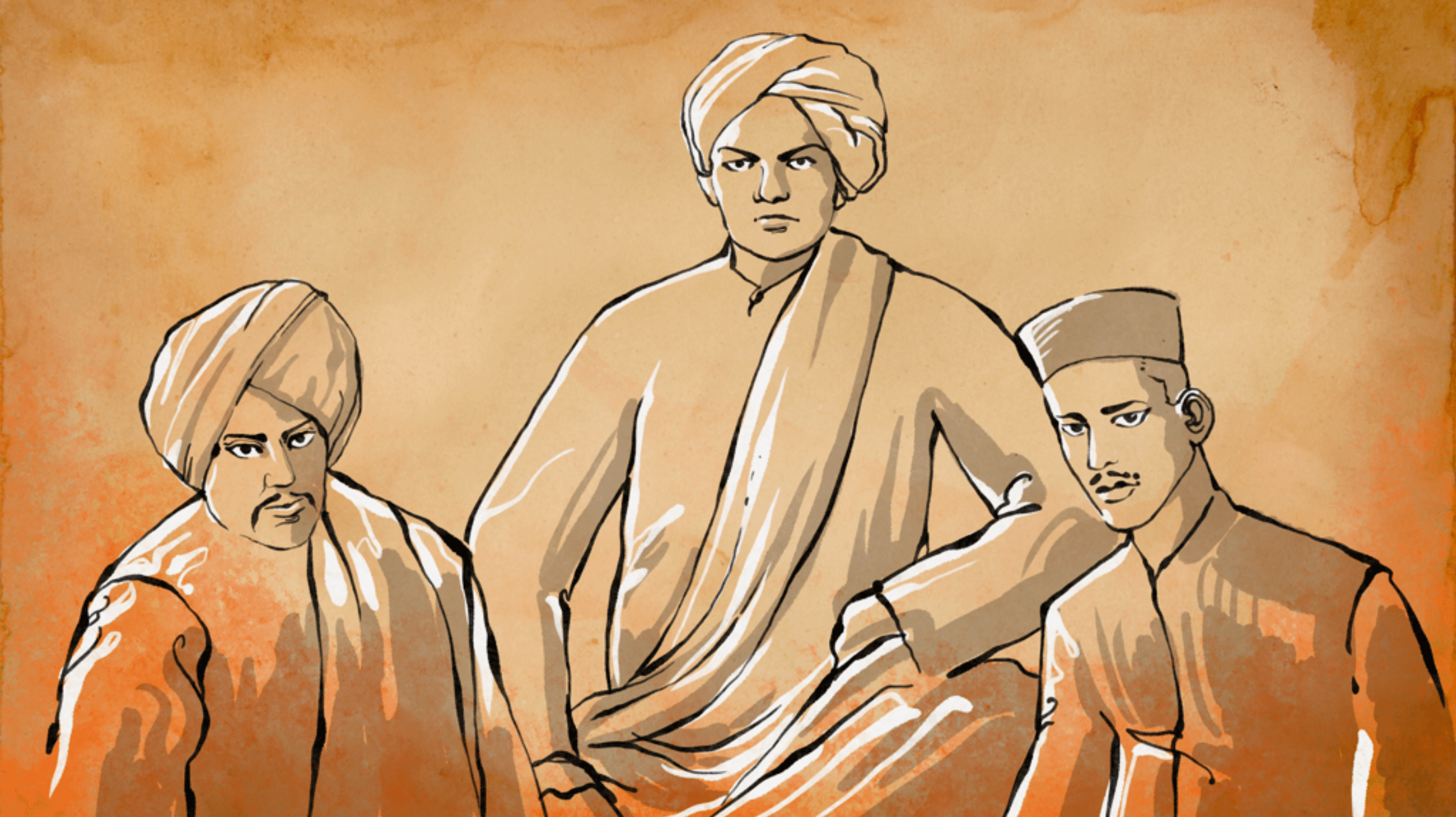
The Chapekar Brothers – A Fiery Trio
The brothers Damodar Hari Chapekar, Balkrishna Hari Chapekar, and Vasudeo Hari Chapekar were a revolutionary trio from Chinchwad in Pune. Influenced by Bal Gangadhar Tilak, the eldest, Damodar, started the “Chapekar Club” to oppose the British rule in India. The club gathered many young people around them. In 1896, a bubonic plague ravaged Pune, and thousands died. While nearly half the population had fled the city, the British government appointed a special plague committee to deal with the epidemic.
When the committee’s commissioner took charge, far from elevating people’s sufferings, he deployed forces to walk into every house, and destroy the residents’ belongings and property, including idols of worship. In the name of doing a checkup, men, women, and children were forced to strip in public places. Seeing their people being harassed and humiliated, the Chapekar Club members were enraged and decided to assassinate the commissioner who was responsible for it.
If not for the bravery of revolutionaries like the Chapekar brothers, we would not be celebrating India’s 75th Independence Day this year.
On 22 June 1897, the commissioner was returning home in his horse carriage after attending Queen Victoria’s Diamond Jubilee celebrations. The three brothers waited for an opportune moment and managed to kill the commissioner. Very soon after, Damodar was arrested and sentenced to death, but the other two brothers escaped. However, other members of Chapekar Club disclosed their location, and both of them also got arrested. All the brothers were given death sentences. Damodar was executed in April 1898, and the younger brothers in May 1899.
Their act of vengeance was a jolt to the British authorities. In September 1898, the Governor of Bombay was compelled to adapt more humane methods in dealing with the plague. And for many anti-British groups in Maharashtra, this incident became a turning point. If not for the bravery of revolutionaries like the Chapekar brothers, we would not be celebrating India’s 75th Independence Day this year.

